Introduction
After giving birth, many new mothers are eager to regain their pre-pregnancy shape. Waist trainers—a popular compression garment designed to cinch the waist—often come up as a potential solution. But is it safe to wear a waist trainer after childbirth? The answer isn't a simple yes or no. Your postpartum body undergoes significant changes, and improper use of a waist trainer can do more harm than good.
In this guide, we'll explore:
- How your body changes after childbirth
- Potential risks of wearing a waist trainer too soon
- When (and if) it's safe to start waist training
- How to choose the right postpartum waist trainer
- Safer alternatives for postpartum recovery
Postpartum Body Changes: Why Timing Matters
Before considering a waist trainer, it's crucial to understand how pregnancy and childbirth affect your body.
Uterine Shrinkage (Involution)
After delivery, your uterus needs about 6-8 weeks to return to its pre-pregnancy size. During this time, the body naturally expels lochia (postpartum bleeding). Wearing a tight waist trainer too soon can interfere with this process, potentially leading to complications like infections or prolonged bleeding.
Diastasis Recti (Abdominal Separation)
Up to 60% of women experience some degree of diastasis recti—a separation of the abdominal muscles due to pregnancy. Wearing a waist trainer before healing can worsen this condition by putting pressure on weakened muscles instead of allowing them to recover naturally.
Weak Core & Pelvic Floor Muscles
Pregnancy hormones (like relaxin) loosen ligaments and muscles, leaving your core and pelvic floor weakened. A waist trainer may provide temporary support, but relying on it too soon can delay proper muscle recovery.
Risks of Wearing a Waist Trainer Too Soon
While waist trainers can offer aesthetic benefits, using them incorrectly postpartum can lead to:
Increased Intra-Abdominal Pressure
Tight compression can push organs downward, straining the pelvic floor and potentially worsening conditions like prolapse or incontinence.
Impaired Circulation & Digestion
Similar to risks in early pregnancy (see here), tight compression postpartum may reduce blood flow and worsen digestion.Restrictive garments may slow blood flow (raising the risk of blood clots, especially after a C-section) and contribute to bloating or acid reflux.
Delayed Muscle Recovery
If your core muscles rely on external compression instead of rebuilding strength naturally, you may develop long-term weakness or back pain.
When Is It Safe to Wear a Waist Trainer After Birth?
The right time depends on your delivery method and overall recovery:
For Vaginal Births
- Wait at least 6 weeks (until your doctor clears you at your postpartum checkup).
- Ensure lochia has stopped and no pelvic floor dysfunction exists.
For C-Section Deliveries
- Wait 8-12 weeks to avoid irritating the incision site.
- Confirm with your OB/GYN that internal healing is complete.
Check for Diastasis Recti First
Before using any waist trainer, perform a self-check or consult a physical therapist to assess abdominal separation. If your gap is wider than two fingers, avoid compression and focus on rehab exercises first.
How to Choose a Postpartum Waist Trainer
If your doctor approves waist training, follow these guidelines:
Opt for Breathable, Flexible Materials
- Look for cotton blends or medical-grade compression fabrics (avoid rigid steel-boned corsets).
- Ensure adjustable hooks or Velcro for a customized fit.
Gradual Wear Time
- Start with 1-2 hours per day, increasing slowly if comfortable.
- Never sleep in a waist trainer or wear it for more than 6-8 hours.
Pair with Core & Pelvic Floor Exercises
A waist trainer should complement—not replace—rehabilitation. Try:
- Kegels (pelvic floor strengthening)
- Deep core activation (diaphragmatic breathing, heel slides)
- Gentle postpartum yoga or Pilates (after clearance)
Safer Alternatives to Waist Trainers
If you're not ready for a waist trainer, consider these options:
Postpartum Belly Bands
- Designed for medical support, not waist slimming.
- Help with posture and mild compression without excessive tightness.
Physical Therapy & Targeted Exercises
- A postpartum PT can guide diastasis recti recovery.
- Focus on transverse abdominis activation (e.g., "belly scooping" techniques).
Give Your Body Time
- It took 9 months to grow a baby—allow at least that long for recovery.
- Breastfeeding, hydration, and nutrient-rich foods aid natural weight loss.
Final Verdict: Should You Wear a Waist Trainer After Birth?
Waist trainers can be part of postpartum recovery—if used cautiously and at the right time. However, they are not a magic solution for weight loss or muscle repair.
Key Takeaways:
- Wait until cleared by your doctor (usually 6+ weeks).
- Check for diastasis recti before using compression.
- Start slow—short durations, flexible materials.
- Combine with rehab exercises for lasting results.
If your goal is a flatter stomach, focus on safe, sustainable methods like core rehab and gradual fitness. Your body just accomplished something incredible—be patient and kind to it!
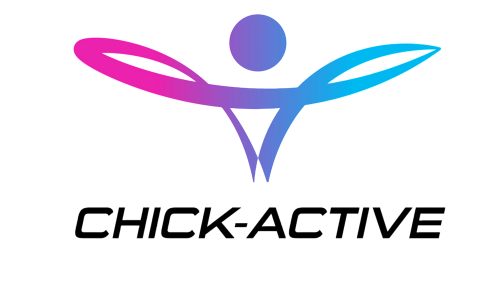
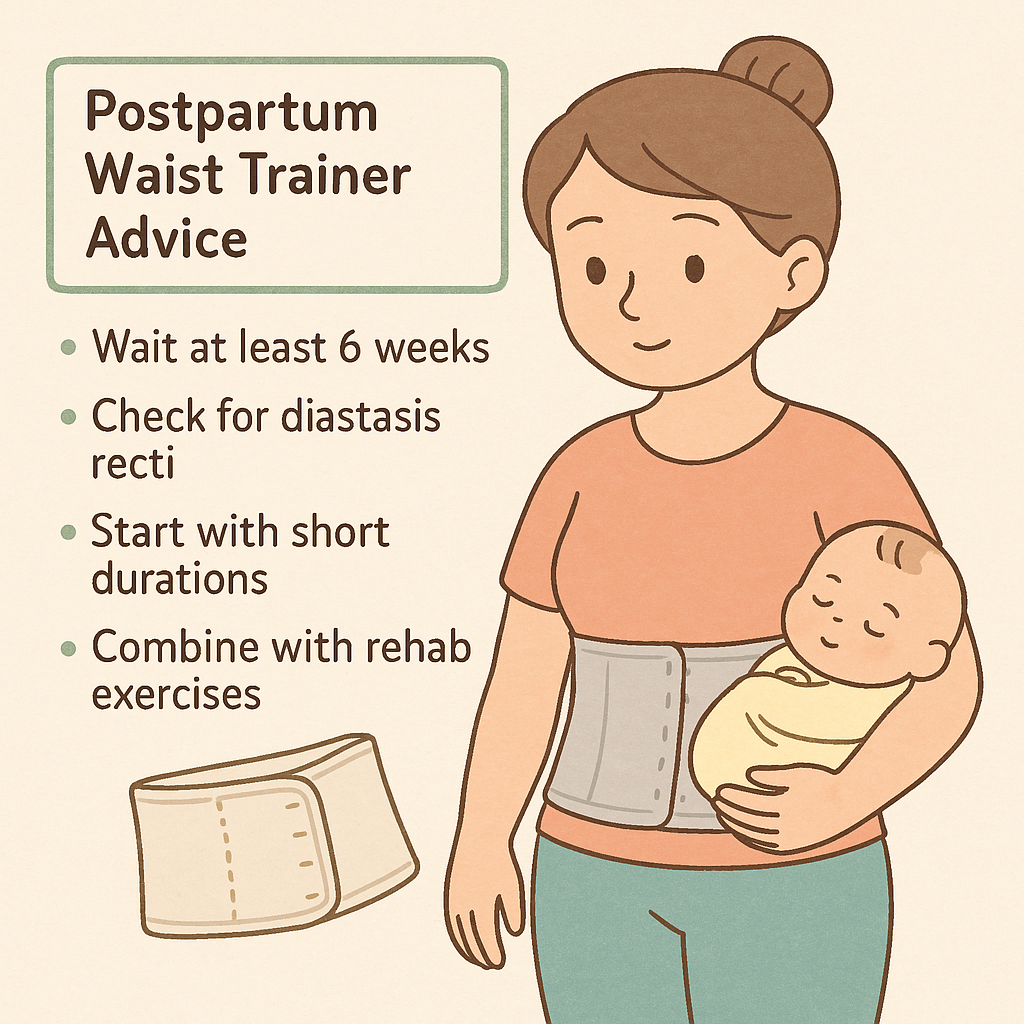
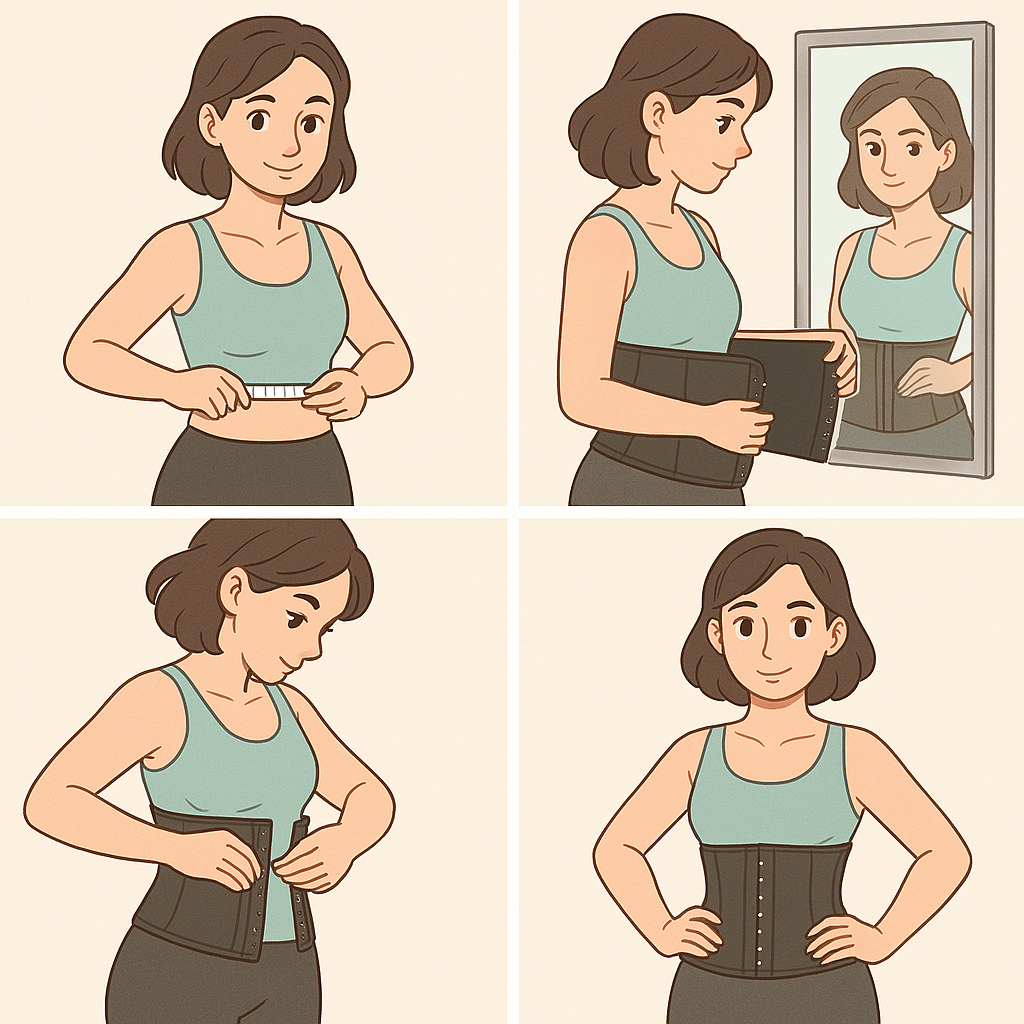

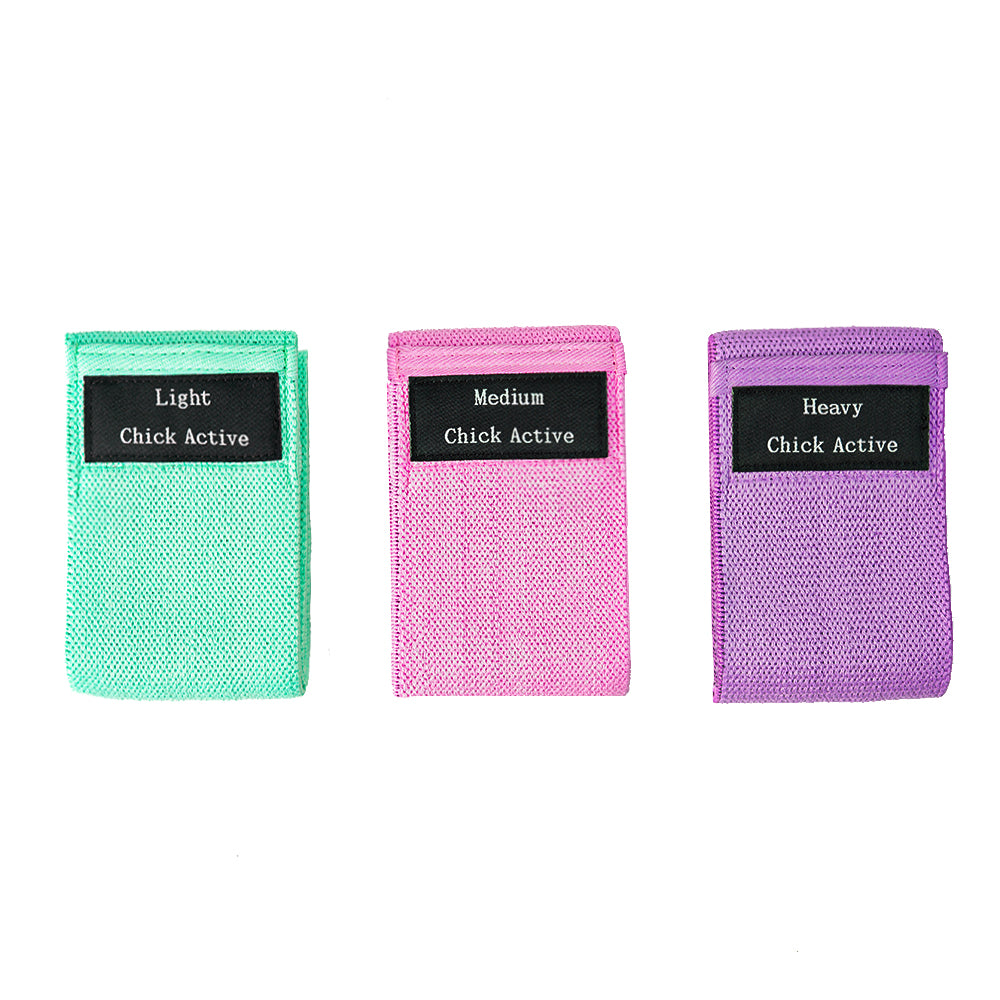

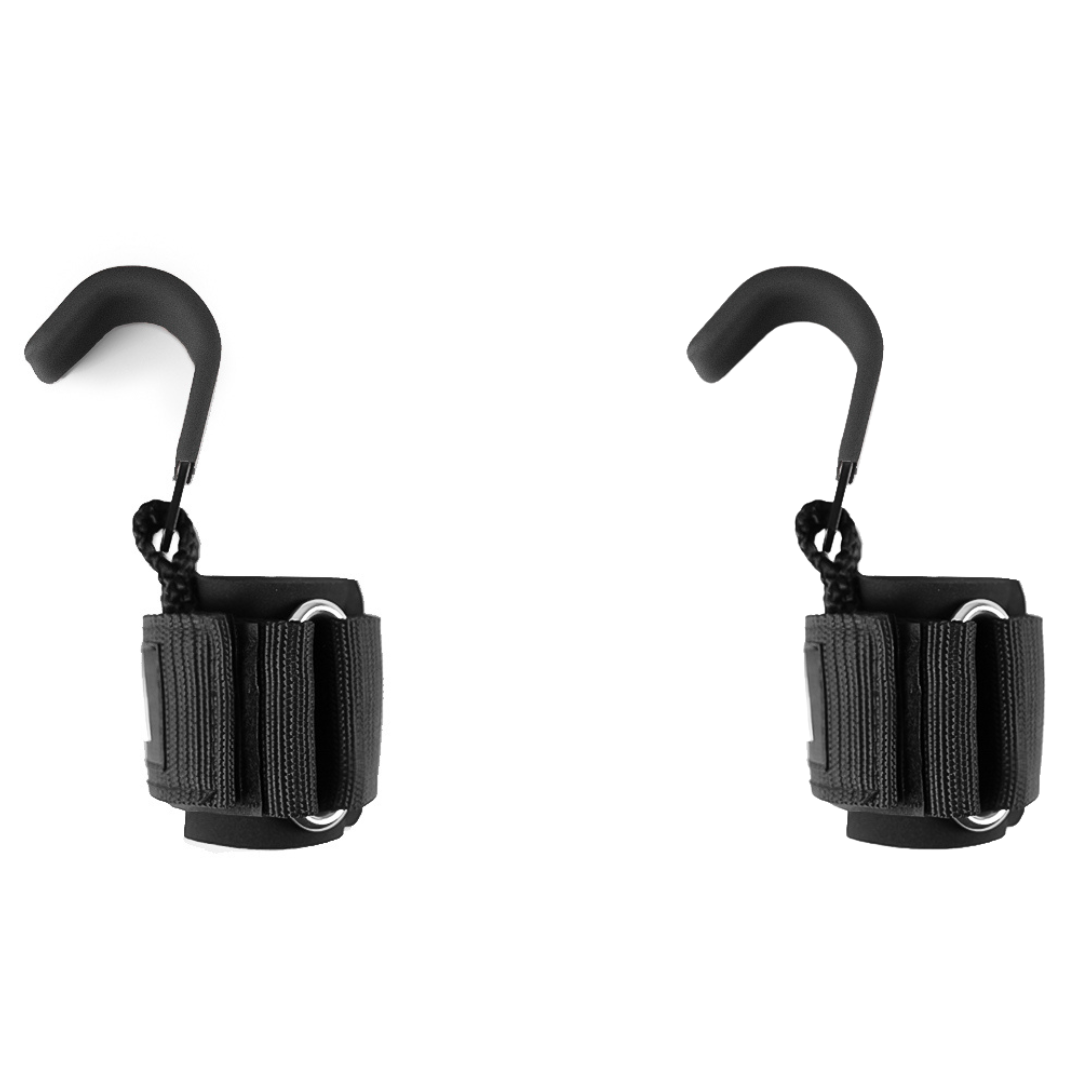

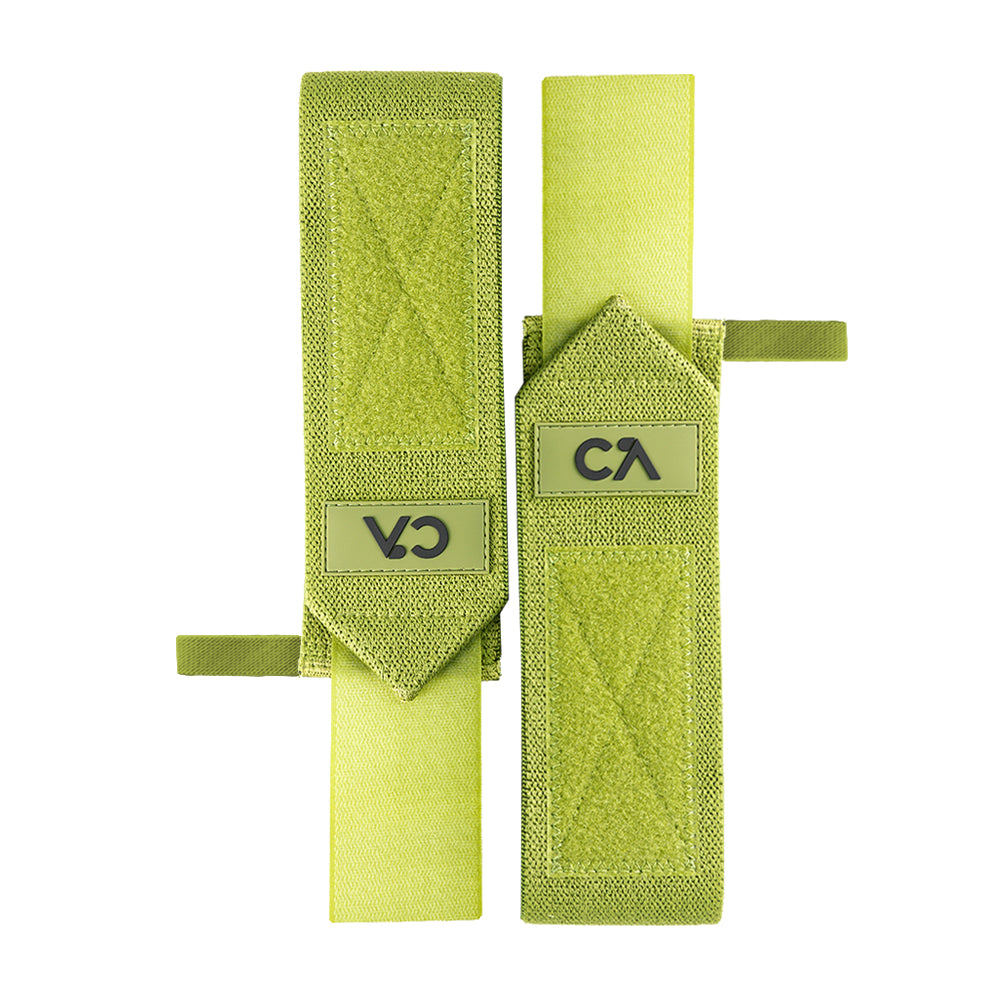
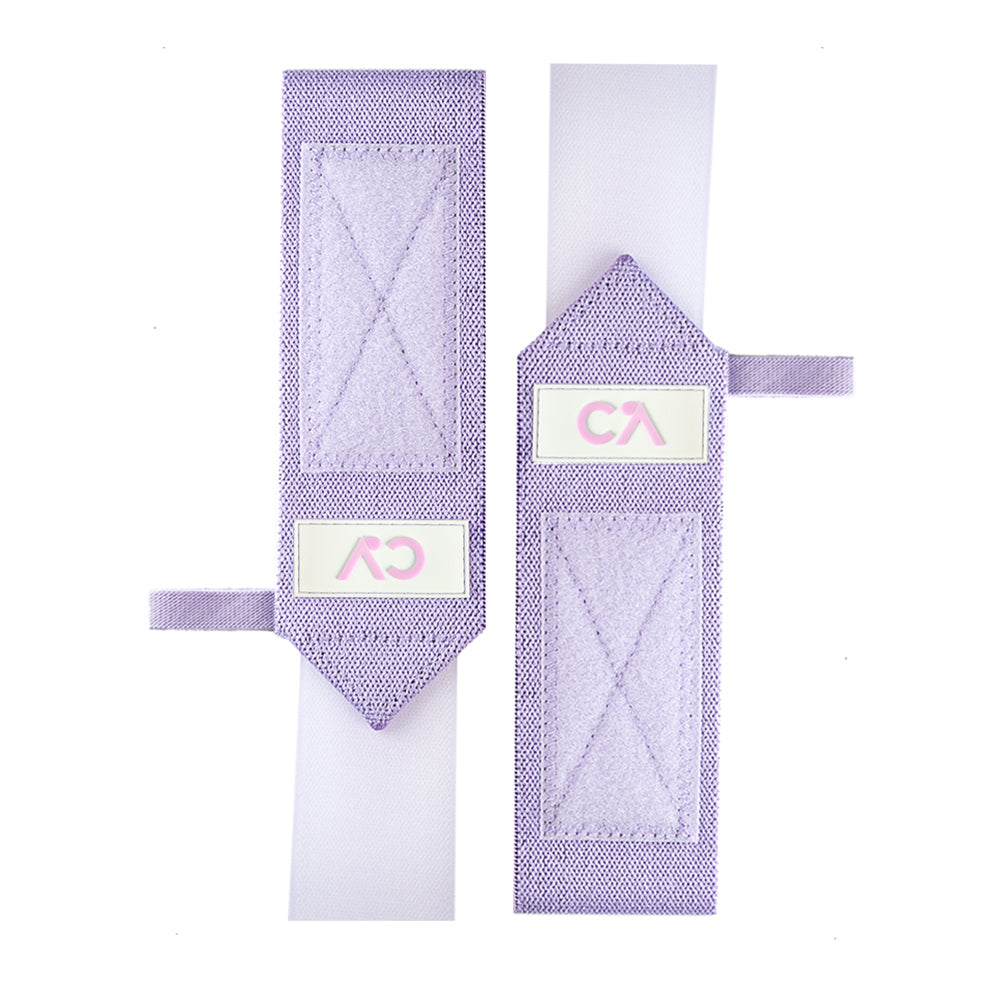
Leave a comment
All comments are moderated before being published.
This site is protected by hCaptcha and the hCaptcha Privacy Policy and Terms of Service apply.